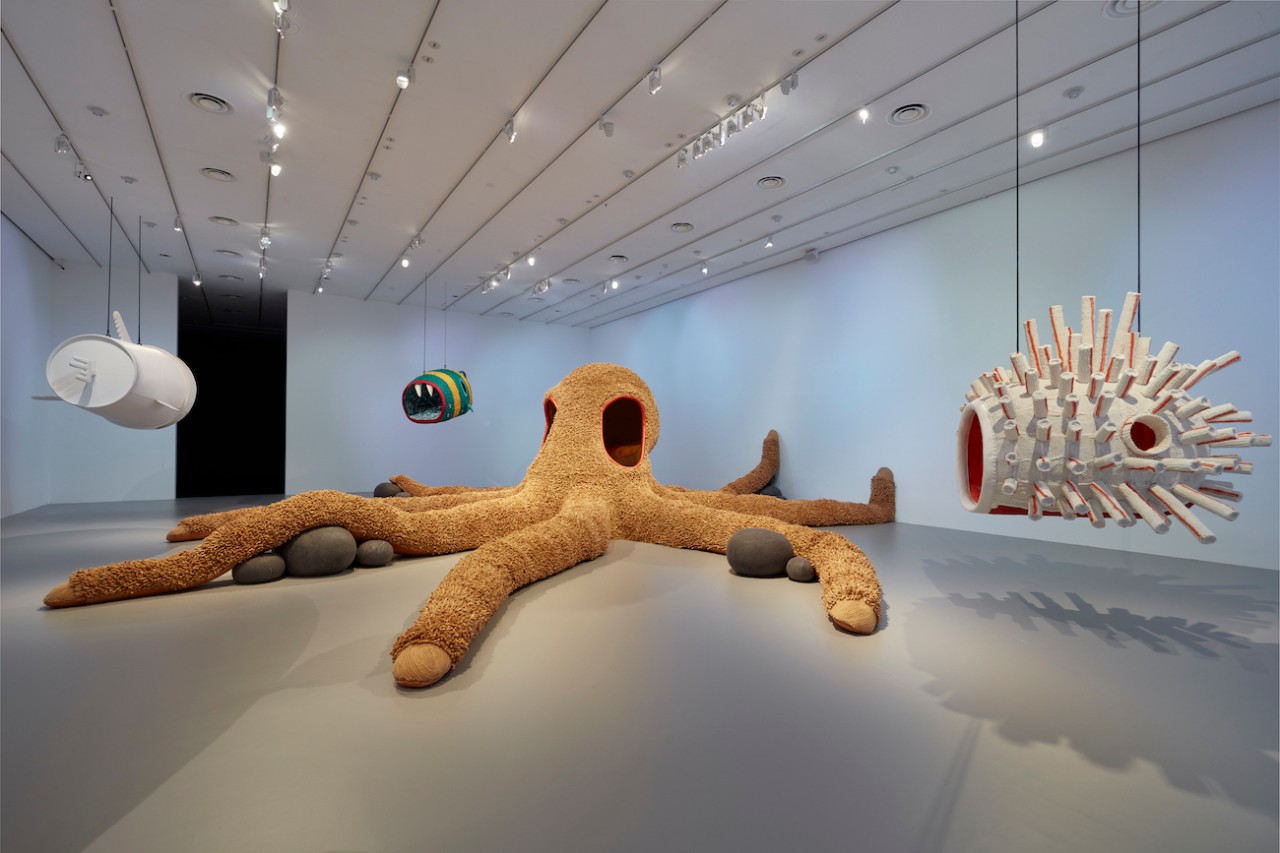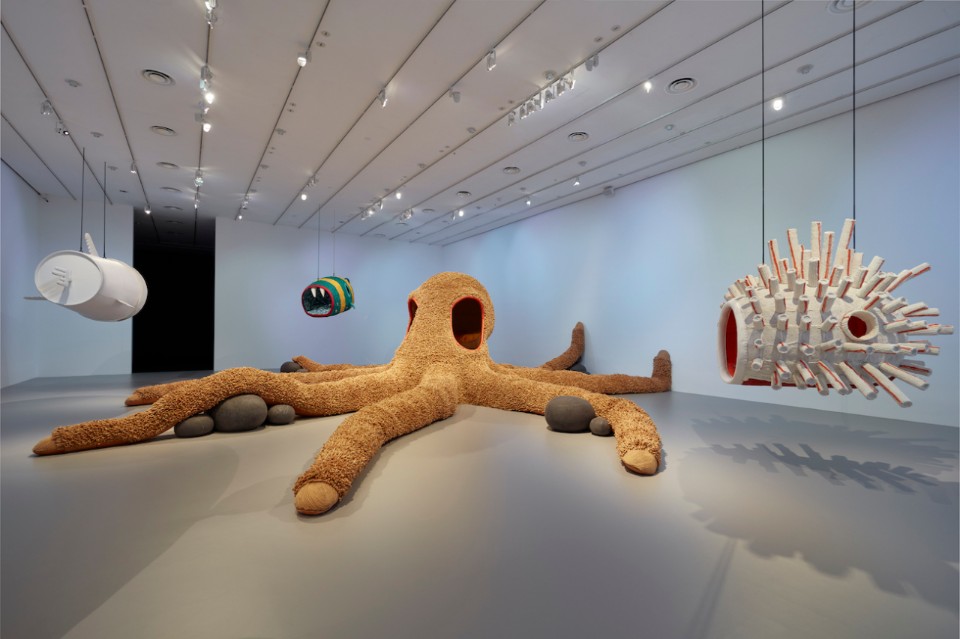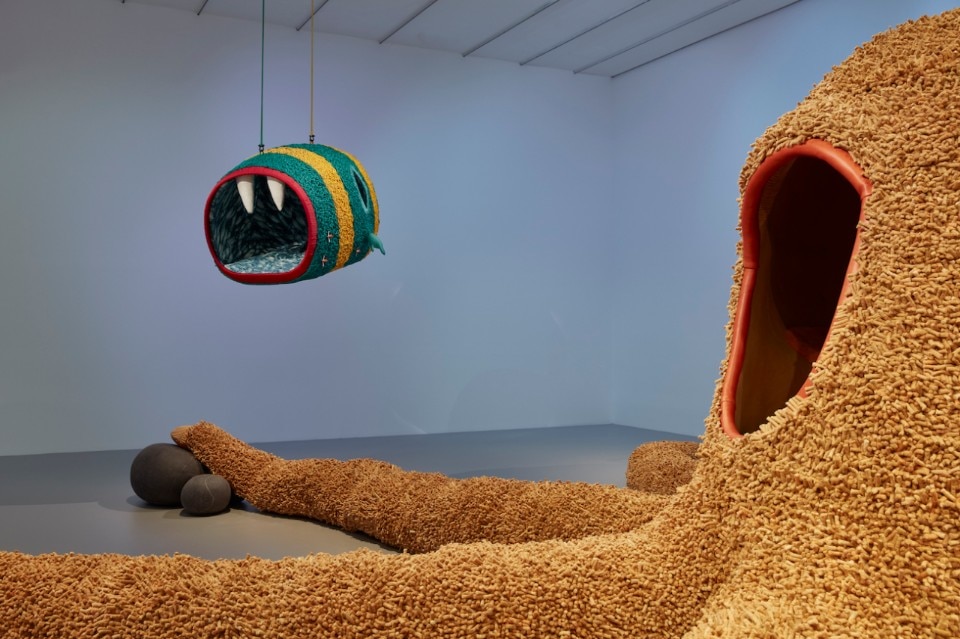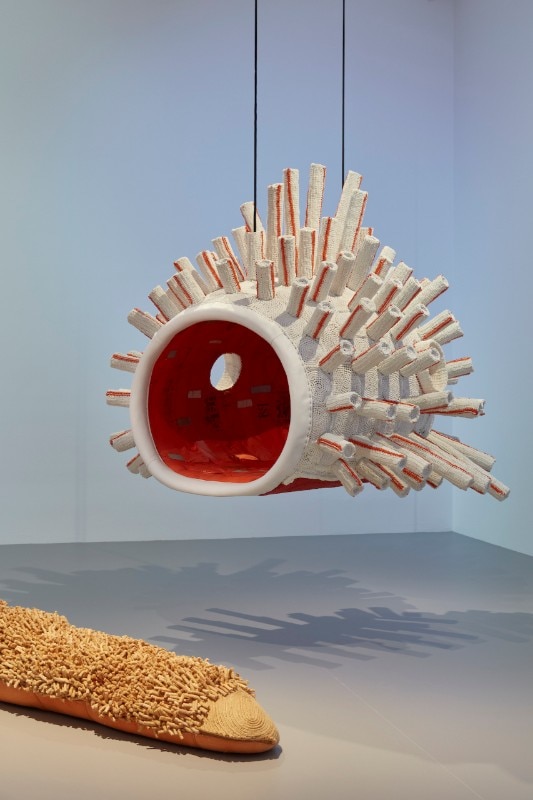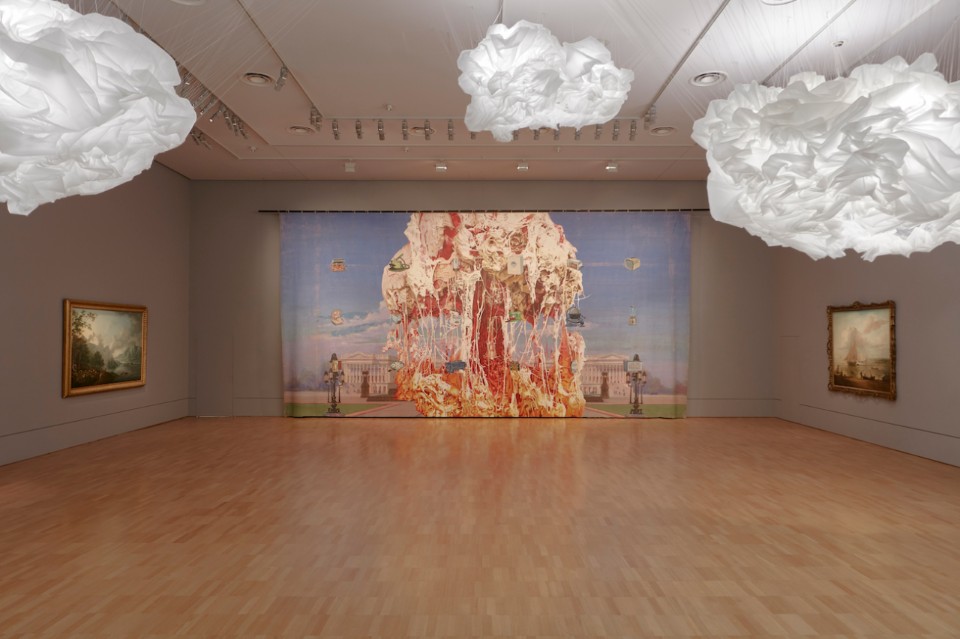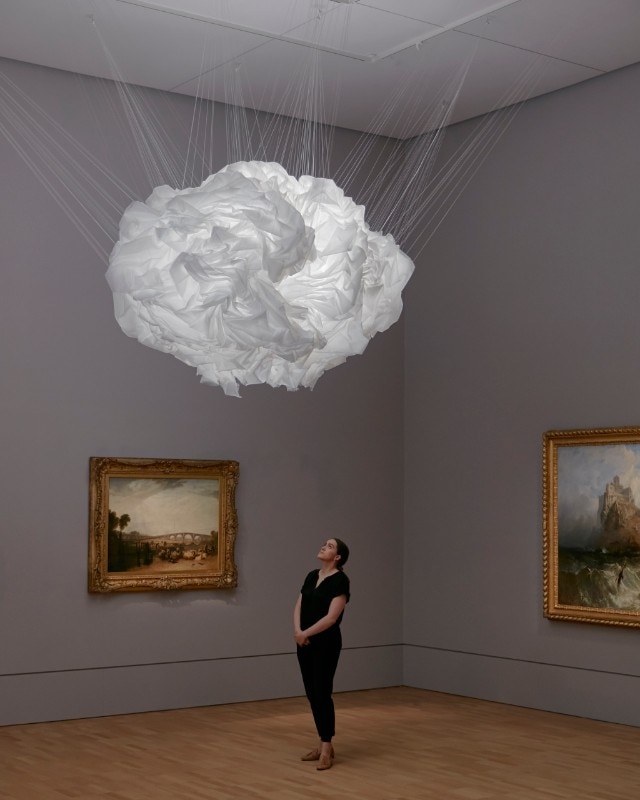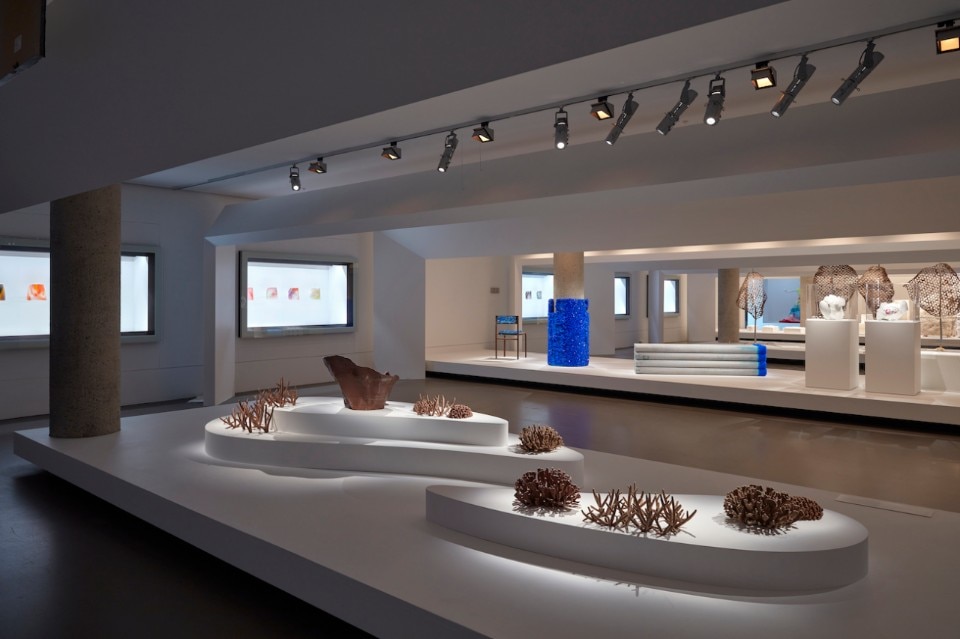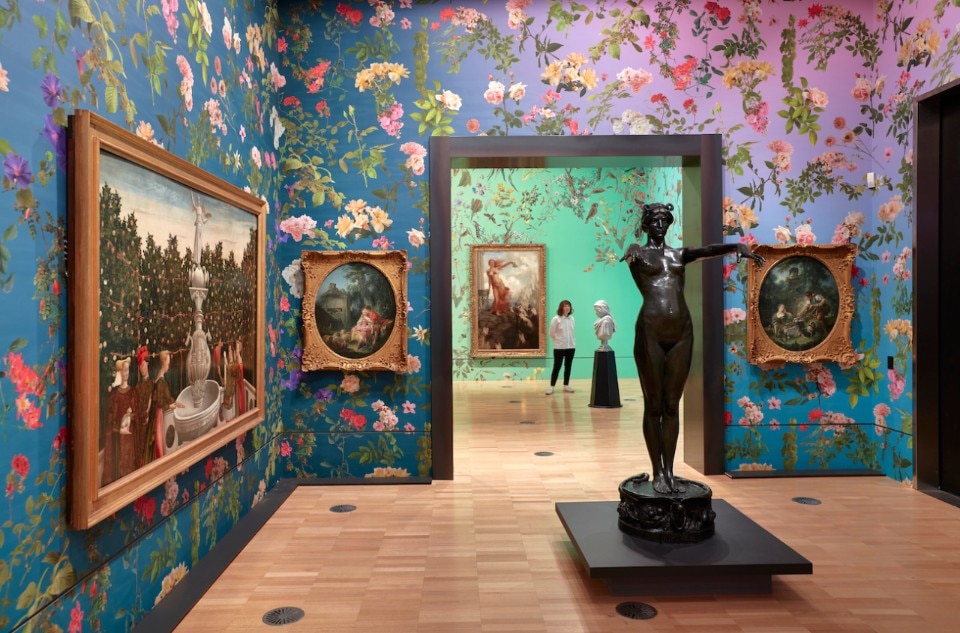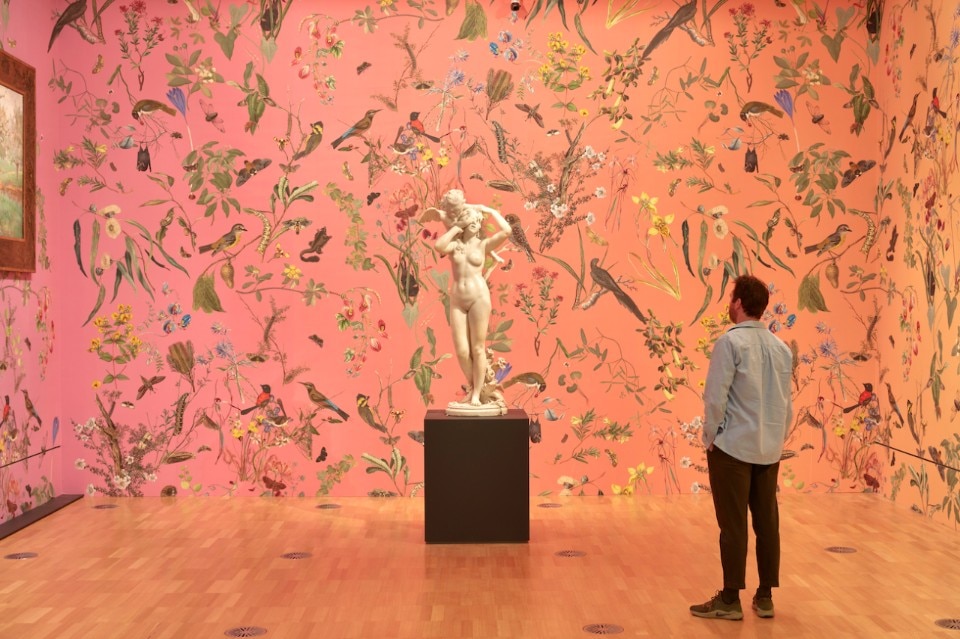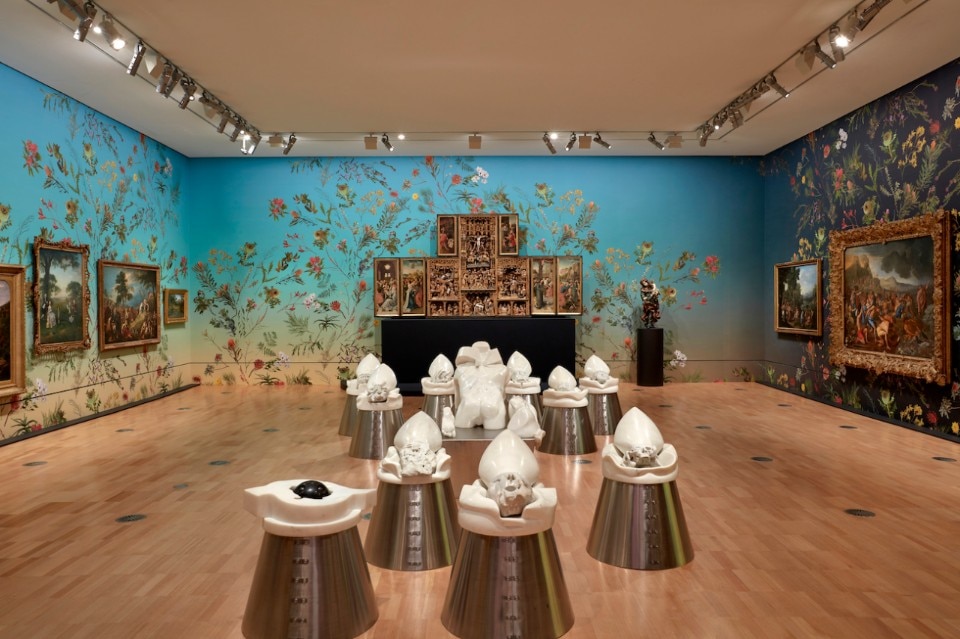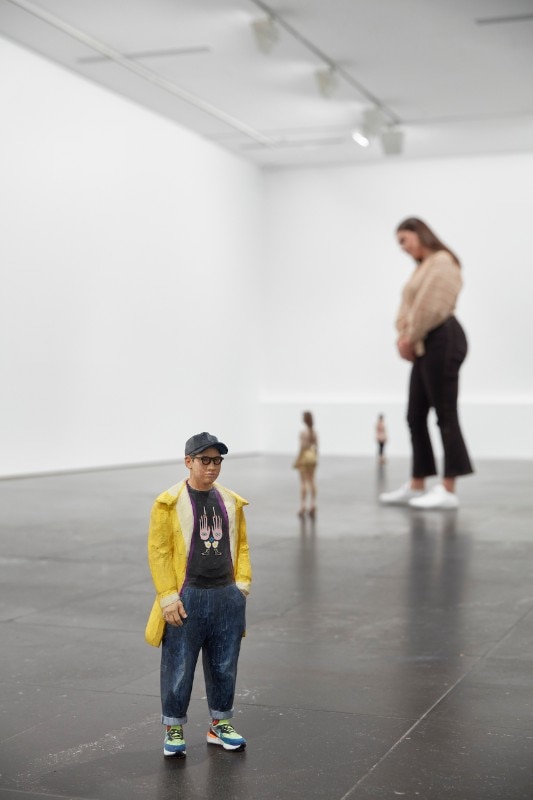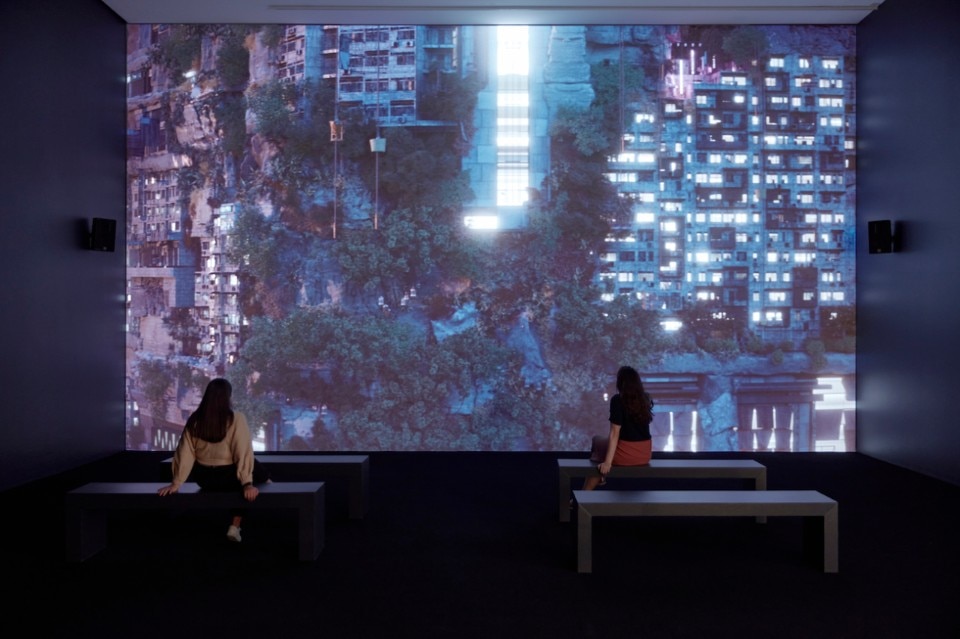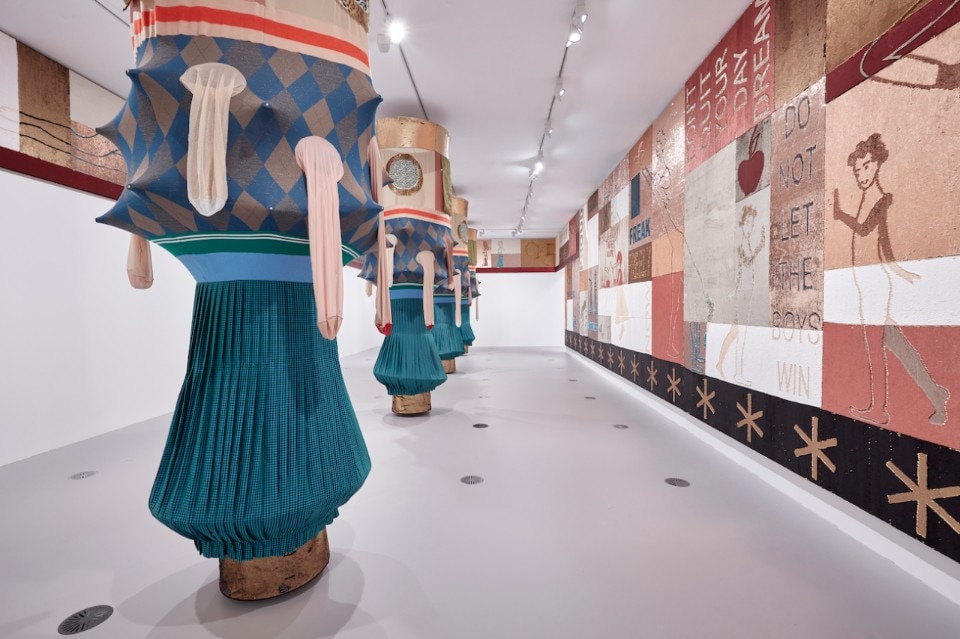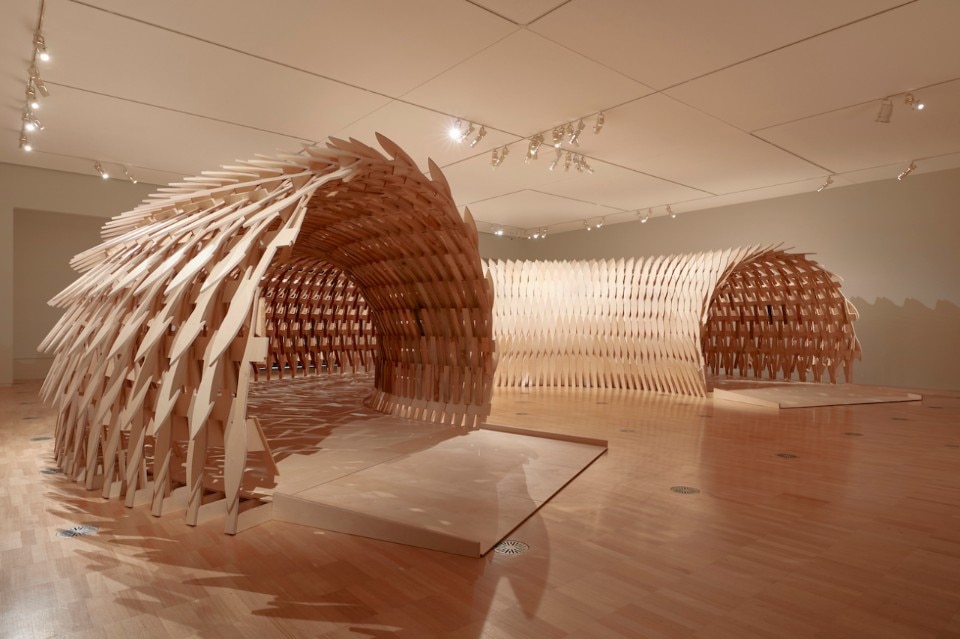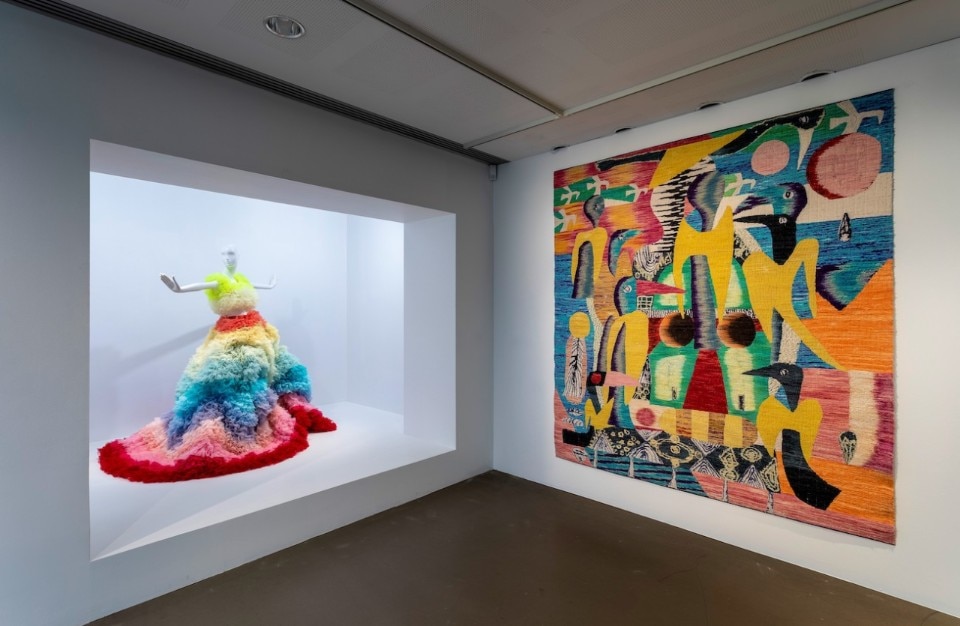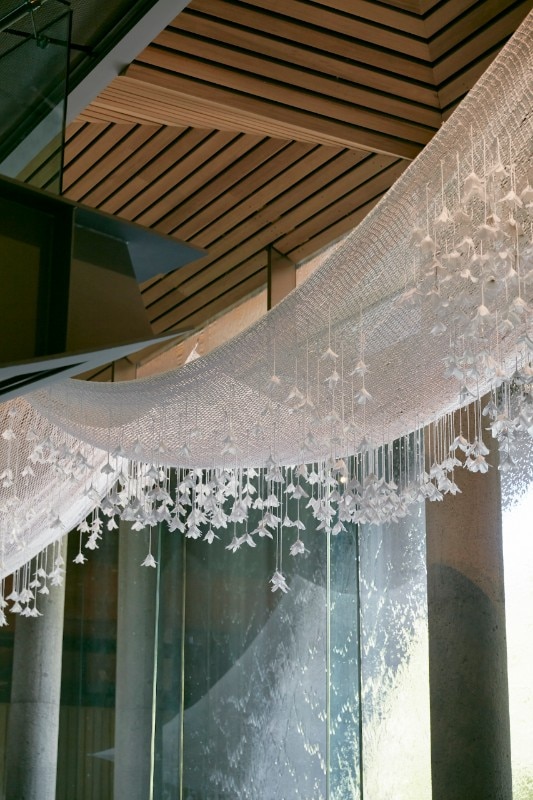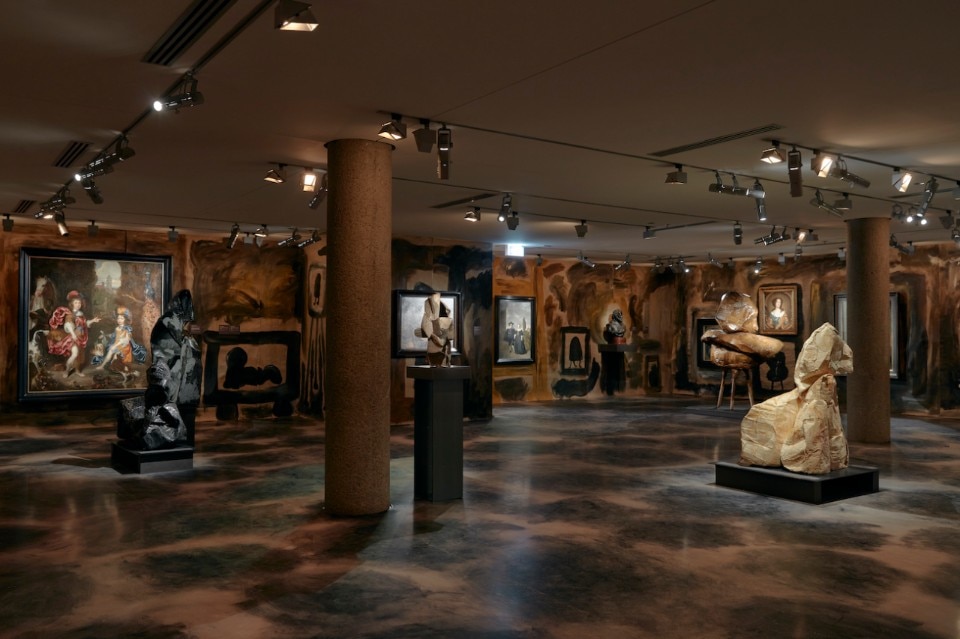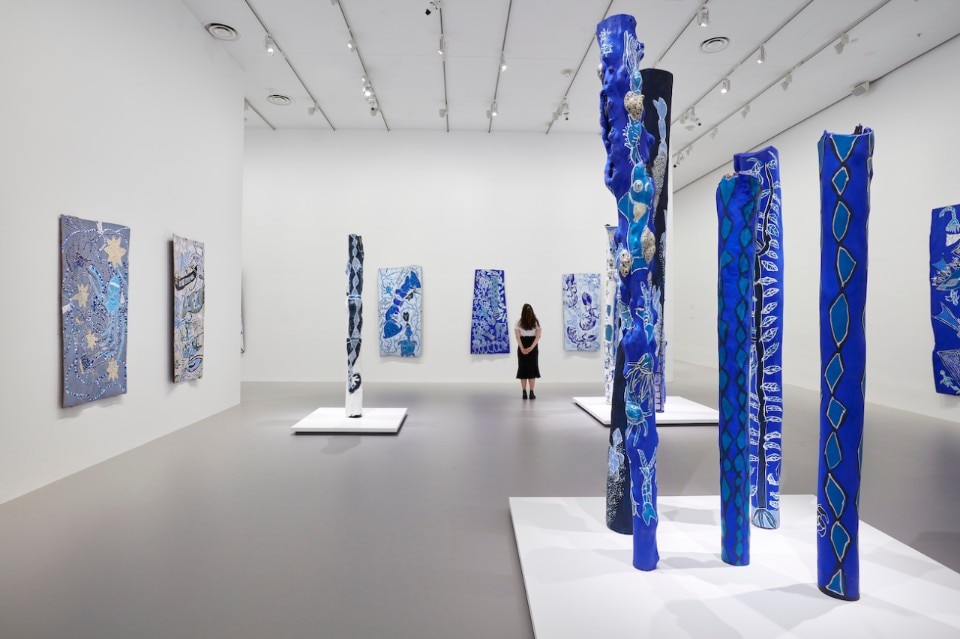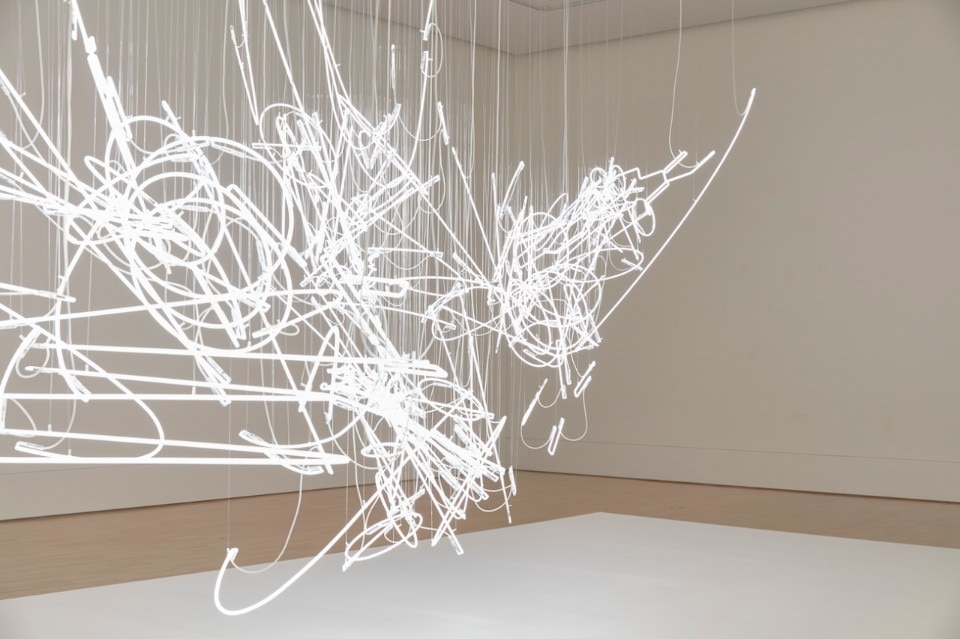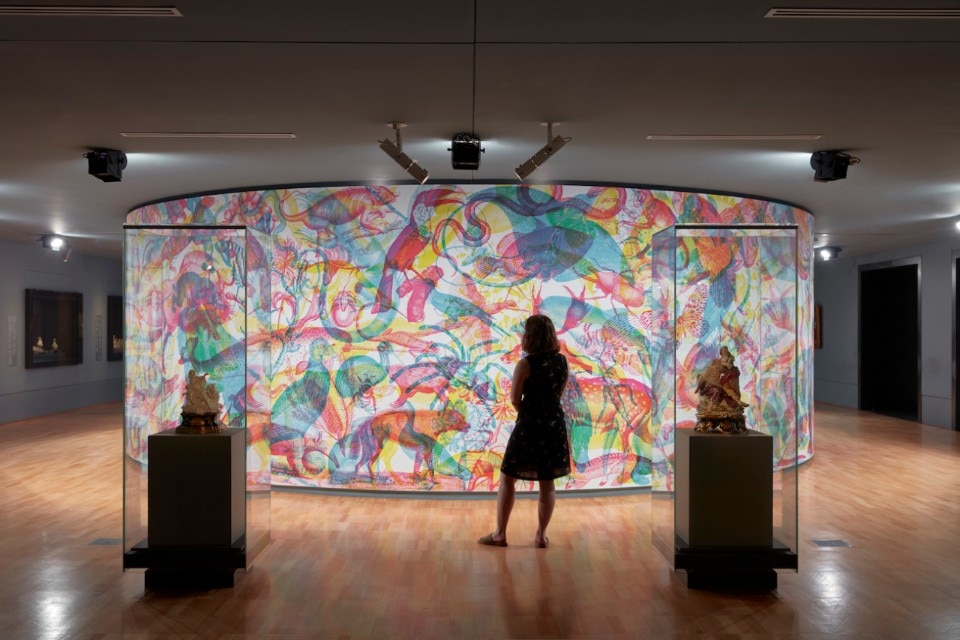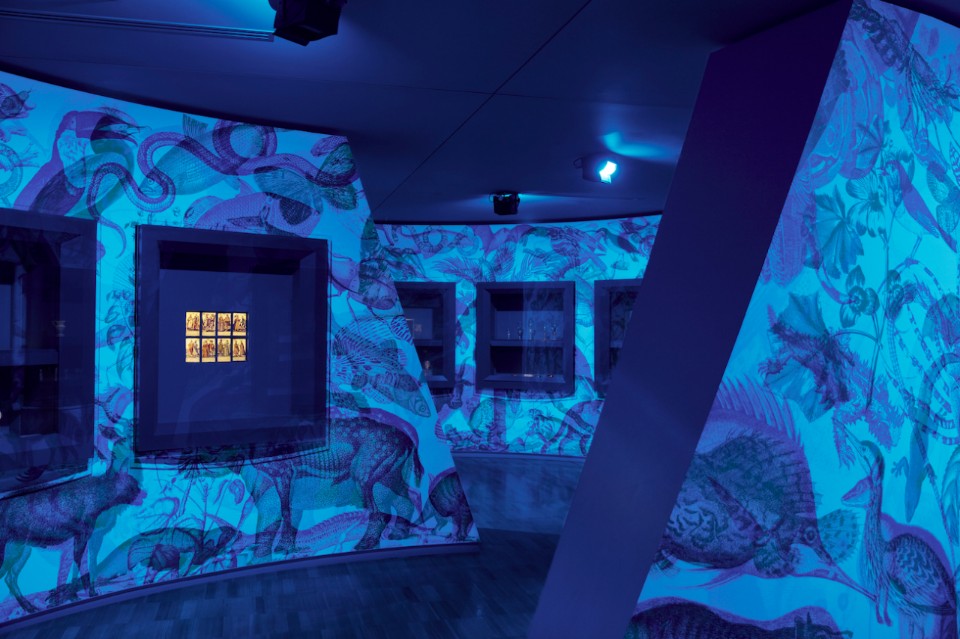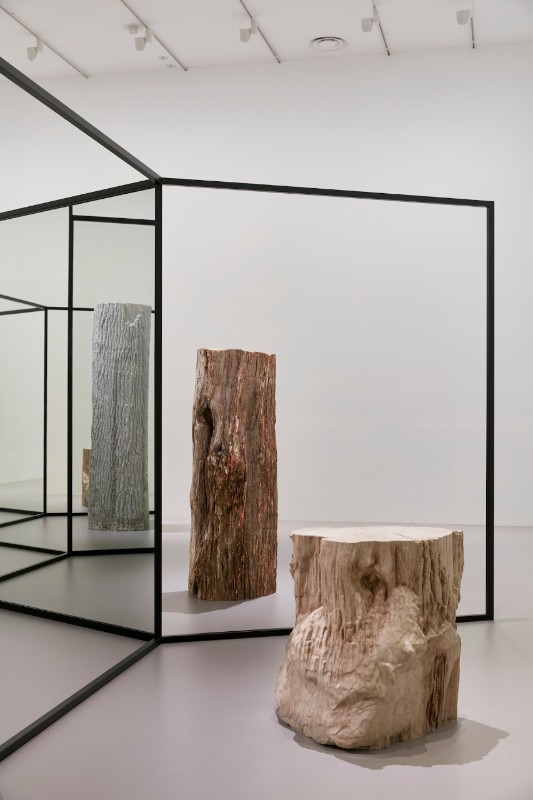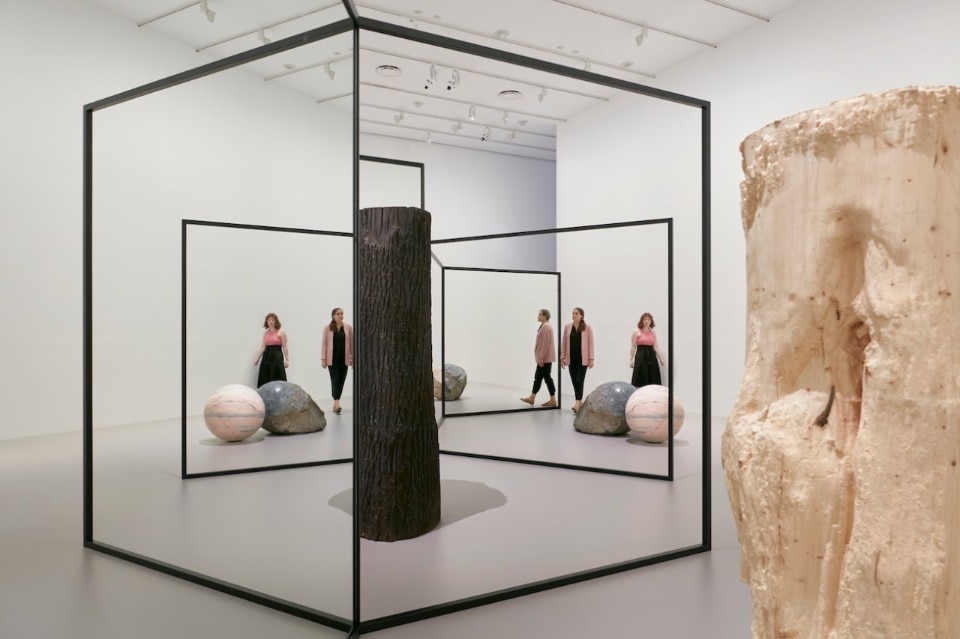NGV Triennial 202, which runs at NGV International from 19 December 2020 – 18 April 2021, includes works by over 100 artists, designers and architects from more than 30 countries, covering every continent. The pieces, ranging from fashion to painting and architectural installation, take on the triennial’s four key themes of conservation, speculation, illumination and reflection.
The exhibition marks the tentative reopening of NGV International as restrictions put in place to contain the spread of Covid-19 in Melbourne loosen. A programme of online talks and screenings is taking place alongside the exhibition.
“The creative practitioners of today are vital to our society – and perhaps no more so than now when our world is faced with unprecedented societal, economic and environmental challenges,” says NGV Director Tony Ellwood. “In times of disruption and upheaval, art and design provide the space for us to reflect on the paths that brought us here and to express our most urgent concerns. It also offers avenues to conceptualise ways forward; art and design can explore the most expansive and imaginative ideas that have the capacity to shift paradigms and reshape our society.”
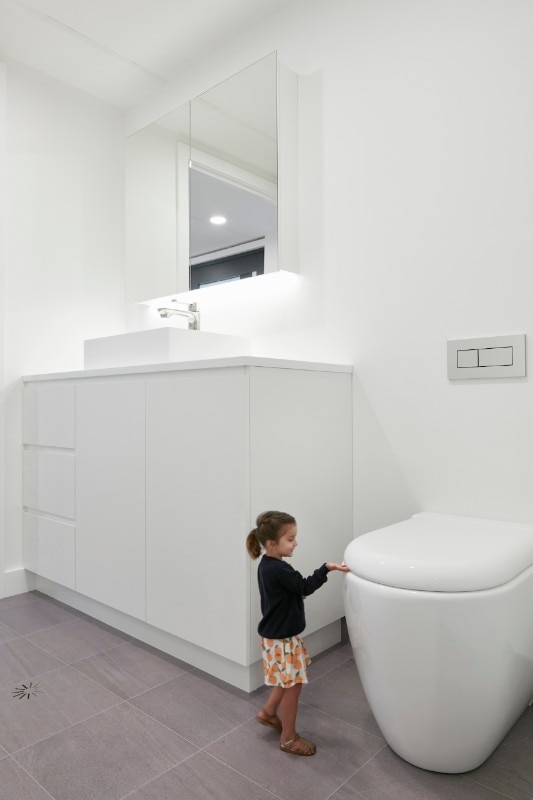
"This exhibition offers hope for our future through speculative ideas, practical solutions and new modes of thinking and this more than ever before is exactly what we need at this moment,” says Ellwood during a digital press preview of the exhibition. “The artists and designers have been included in this presentation because they have something urgent to say about life and culture.”
An installation by the South African artist Porky Hefer imagines mutant sea creatures that have adapted to mankind’s pollution of the Anthropocene. In Plastocene – Marine Mutants from a Disposable World a giant octopus whose tentacles sprawl across an entire gallery has a skin of hand-felted cigarette butts. Smaller creatures recall other plastic debris – fishing net, disposal gloves and cotton buds – representing our widespread environmental neglect.
Australian film director Liam Young also speculates on what environmental crisis holds for our future in his short film Planet City 2020, visualising a dense and vertical city in which the world’s population is compacted to allow nature to heal. And in Extinctions 2020, Milanese studio Carnovsky uses light projection and elaborately printed wallpaper to reveal and disappear species facing threat of extinction.
The homes of the future would hopefully eschew the ubiquitous, low-quality apartments design collective BTVV challenges in Walls 4 Sale: near new and supersized 2020, which builds on its Golden Lion-winning installation at the Venice Architecture Biennale 2018. Designed as a “architectural collage of the ‘worst practices’ of real estate photography”, the space comprised of over- and under-sized bland features questions the market’s coveted white-walled and laminated-floored apartments.
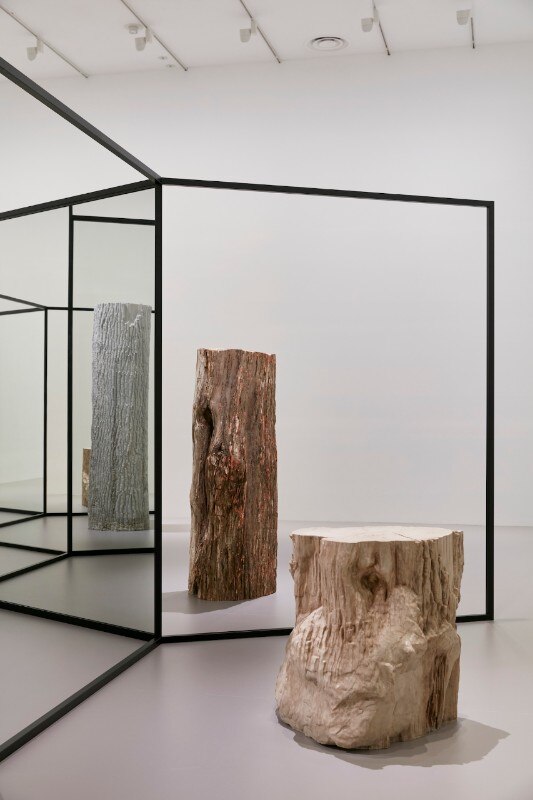
Dhambit Mununggurr presents 15 paintings on sheets of bark and nine larrakitj (hollow poles) depicting Country in the colour blue. Following a debilitating car crash she switched from using naturally derived ochres to easier to manipulate acrylic and is the first indigenous Yolngu artist to paint using the colour blue.
Also on show is Alicja Kwade’s spatial optical illusion WeltenLinie 2020, in which double-sided mirrors create a disorienting space filled with shape-shifting objects, while Japanese architect Kengo Kuma has collaborated with Melbourne-based artist Jeffrey Nees to create Botanical Pavilion. The tunnel-like walkway made from interlocking pieces of wood collected from felled trees in Melbourne’s botanic gardens, some of which pre-date European settlement. "Prioritising natural phenomena over scientific order, the botanical species used are colour coded, rather than following any taxonomic order," say the curators. "This approach offers a statement by the designers against the reductive nature of science during the colonial era – a mindset at odds with many Indigenous cultural beliefs and knowledge systems."
Meanwhile British interior designer Faye Toogood has transformed NGV’s 17th century galleries in her installation Downtime: Daylight, Candlelight, Moonlight (2020), which looks at the use of three different lighting effects in the period. Salon-like installations drawing on the whole room to create the work include Toogood’s own lighting, furniture, sculpture and tapestry sit alongside pieces drawn from the NGV collection and set up a narrative between them. "Toogood plunges us deep into a period sensibility – which witnessed the birth of capitalism and the emergence of the ‘enlightenment’ – using her own innovative designs as a connecting device to the past," say the curators.
- Exhibition :
- NGV Triennial 2020
- Opening dates:
- 19 December 2020 – 18 April 2021
- Location:
- NGV International, Melbourne, Australia


